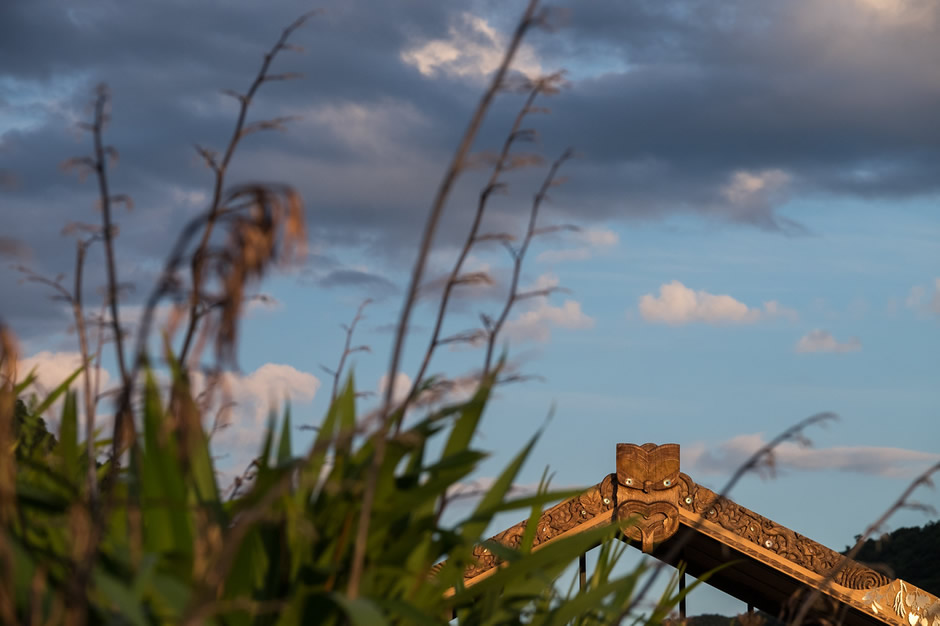Helping Māori rangatahi (youth) reconnect with their taonga
Since Europeans arrived in Aotearoa, Māori have been increasingly dislocated and alienated from their taonga. More than 16,000 Māori treasures are held in museums, art galleries and institutions in New Zealand and around the world, often observed behind glass and only accessible by researchers seeking to use or gain knowledge from them.

Now, a new eight-week pilot project wants to start to change that and is working to establish, maintain and strengthen the sense of belonging of Māori rangatahi (young people) through cultural identity, reconnecting their whānau, hapū and iwi with their taonga and whenua.
The kaupapa is aimed at reconnecting rangatahi with their knowledge and understanding of Māori culture, building a deeper understanding and connection to their beliefs, whenua and whakapapa and focuses the teaching around four Māori gods.
The project’s teaching around Tane Mahuta (the god of forests and of birds) includes rangatahi learning about Aotearoa's flora and fauna, how to identify trees, birds and native plants and kaitiaki (care for) these taonga themselves.
As part of the teaching, rangatahi aged 12-16 visited Manaaki Whenua – Landcare Research in August to discover, touch and see some of the unique taonga they kaitiaki.
During their visit to Manaaki Whenua’s Lincoln site the group toured the Allan Herbarium to learn about the thousands of specialised indigenous and exotic plants collected from New Zealand and the South Pacific, and see at first hand the prized Captain Cook collection.
Rangatahi also visited Te Kohinga Harakeke O Aotearoa/The New Zealand National Flax Collection where they were taught how to harvest from the living collection and weave a basic putiputi (flower).
The group was also shown moa fossils and preserved droppings from native birds and kiore housed in the Long-term Ecology Lab and taught how they are studied for future conservation.
It’s hoped the project will continue for more rangatahi to experience and reconnect with their whenua, identity, and whakapapa.

Ines Schonberger teaching rangatahi about the different specimens in the Allan Herbarium

Rangatahi exploring the different collections within the Allan Herbarium

Captain Cook Collection

Janet Wilmshurst teaching rangatahi about a moa fossil

Moa bones

Weaving a putiputi with Katarina Tawiri
